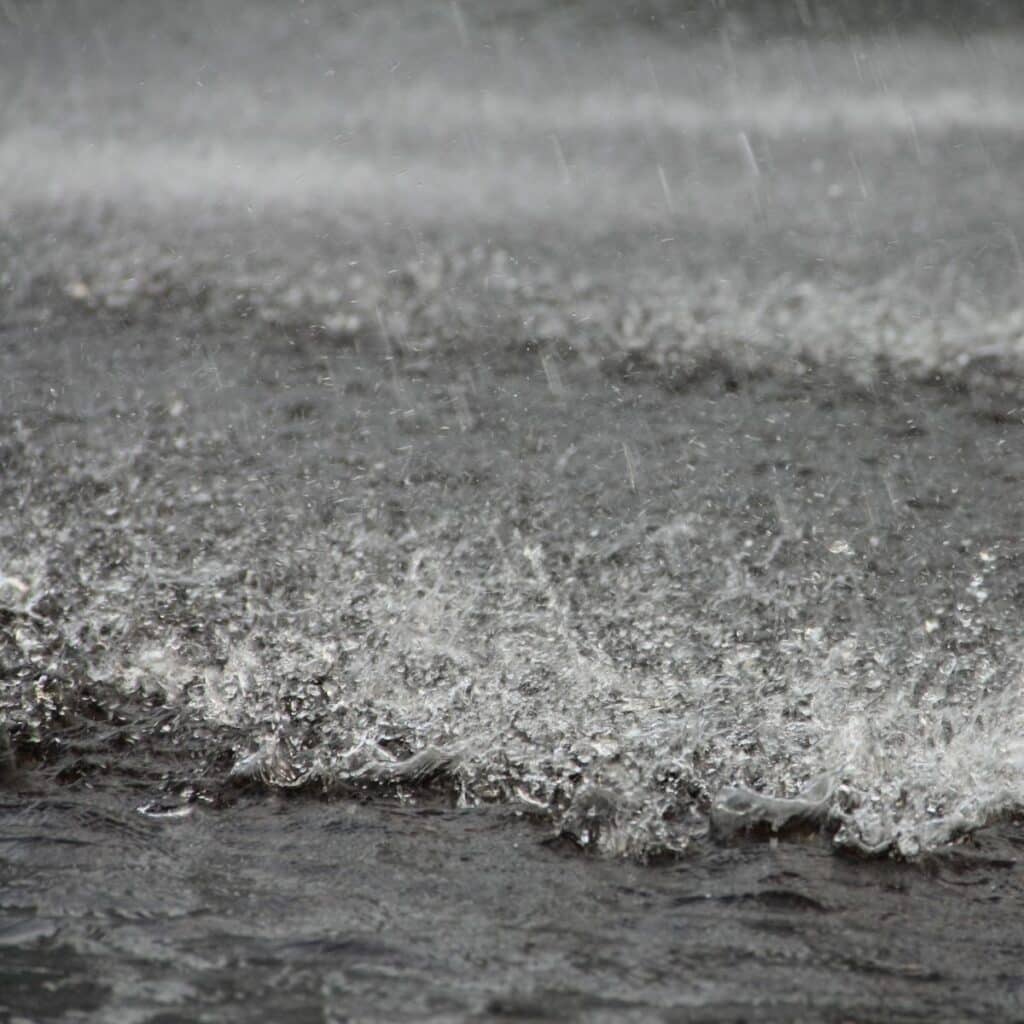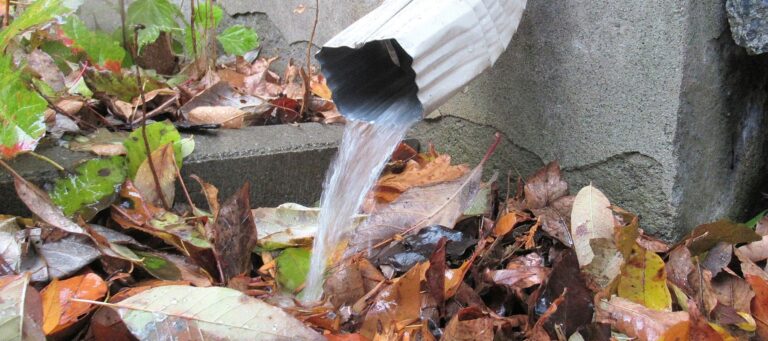Learn How To Protect Your Home From Drainage Problems
The old saying goes, “April showers bring May flowers,” but is April really the rainiest month in Texas? Not exactly — at least, not for every part of the Lone Star State. Texas is a massive state with multiple climate zones, which means rainfall patterns vary quite a bit depending on where you live.
So, when should homeowners be most concerned about heavy rain? At G.L. Hunt Foundation Repair, we can help you answer this question! In this blog, you can count on us to:
- Break down the rainiest months in different parts of Texas
- Explore the consequences that come with poor drainage
- Share expert tips to help protect your property from rainfall
- Answer common questions from homeowners across Texas
What Are The Rainiest Months Of The Year In Texas?
Based on historical weather data, these are typically the rainiest months for each major Texas region:
- Big Bend Country: June, July
- Gulf Coast: June, September
- Hill Country: May, June, October
- Panhandle Plains: June, August
- Piney Woods: April, May, June, October
- Prairies and Lakes: May, June, October
- South Texas Plains: May, June, September, October
Whether you’re in San Antonio, Dallas-Fort Worth or anywhere in between, heavy rainfall can create concerns for homeowners — especially when it comes to drainage and foundation stability. Scheduling a foundation inspection after your region’s rainiest months can help you catch small issues before they become costly repairs.
Consequences Of Improper Drainage: Problems To Be Aware Of
When most people think about rain protection, they focus on their roofs. But managing rainwater after it leaves your roof is just as important. Poor drainage can lead to:
- Water damage
- Flooding
- Foundation cracks and settlement
- Mold and mildew growth
- Soil erosion around your home
These issues often start subtly and worsen over time. That’s why it’s important to get your foundation and drainage systems evaluated — especially after periods of heavy or prolonged rainfall.
Dealing With Rainy Months: Drainage Solutions From Texas Experts
At G.L. Hunt, we’ve seen firsthand how drainage issues can threaten a home’s foundation. Here’s how you can stay ahead of problems during Texas’s rainiest months.
1. Repair Bent Or Broken Gutters Early
Your gutters play a critical role in redirecting rainwater away from your home’s siding, landscaping and foundation. If gutters are bent, sagging or broken, they won’t drain water properly, which can cause water to pool around your home.
Scheduling gutter repair in Texas before heavy rain arrives can prevent larger drainage and foundation problems down the road.
2. Keep Your Gutters Clean And Clear
Even if your gutters are in good condition, they won’t do much good if they’re clogged. Leaves, twigs, dirt and even bird nests can block water flow, causing overflow and pooling around your home’s perimeter. Standing water also creates a perfect breeding ground for mosquitoes and other pests.
After any major storm, be sure to check your gutters and clear out debris. This quick task can help prevent long-term damage to your foundation.
3. Install Additional Downspouts If Needed
Sometimes, it’s not a matter of clogging — you may simply need more drainage capacity. If you notice your gutters overflowing during storms, you might not have enough downspouts to handle heavy rainfall.
As a general rule, you should have one downspout for every 20 linear feet of gutter. Adding extra downspouts ensures that rainwater is evenly distributed away from your foundation.
4. Avoid DIY Gutter Installations
While it may be tempting to handle gutter installation yourself, it’s a project best left to professionals. Gutters must be attached at a precise angle to ensure proper drainage. Small miscalculations can lead to major drainage issues.
Professional gutter contractors in Texas have the tools and experience to install your system correctly. The installers at G.L. Hunt help protect your home’s exterior and foundation from costly water damage.
5. Don’t Ignore Pooling Water Around The Foundation
If you notice water pooling near your foundation after rain, it’s time to call a drainage contractor. Standing water can saturate the soil, causing it to expand, contract and shift. This movement can lead to foundation cracks and long-term structural damage.
It’s not just about what you see on the surface — soil movement below your home can silently affect your foundation. After a major storm, a professional evaluation is your best defense against hidden damage.
An experienced drainage expert, like G.L. Hunt, can evaluate your property’s grading and recommend customized foundation drainage solutions, such as:
- French drains
- Surface drains
- Catch basins
- Grading and landscaping adjustments
These systems help move water safely away from your home, keeping your foundation stable even during Texas’s heaviest rainfalls.

Protect Your Foundation With Drainage Solutions In San Antonio, DFW And Beyond
No matter where you live in Texas, proper drainage is one of the most important — and most overlooked — parts of foundation protection. At G.L. Hunt Foundation Repair, we provide expert drainage solutions for homeowners across San Antonio, the Dallas–Fort Worth Metroplex and surrounding areas.
If you’re noticing drainage issues, standing water or signs of foundation damage, don’t wait for the next rainy season to make repairs. Contact G.L. Hunt today to schedule a professional evaluation and keep your home protected — rain or shine.
FAQs About Drainage, Rainfall And Foundation Inspections
How Does Heavy Rainfall In Texas Affect My Home’s Foundation?
Heavy rainfall can oversaturate the soil around your foundation, causing it to expand. As the soil dries, it contracts — which creates movement that can crack or shift your foundation. Over time, this cycle leads to structural issues if not addressed.
What Are The Signs Of Improper Drainage Around My Home?
Common signs include pooling water near your foundation, eroded soil, mildew growth, musty smells indoors and basement or crawlspace dampness. You might also notice overflowing gutters or downspouts during storms.
When Is The Best Time To Get A Foundation Inspection?
The best time is after a period of heavy rainfall, when potential issues are most visible. If you’ve experienced a storm or several days of rain, schedule an inspection as soon as possible to identify any early signs of damage.
What Kind Of Drainage Solutions Can Prevent Foundation Damage?
Effective options include French drains, surface drains, catch basins, swales and grading corrections. Gutter upgrades and adding downspouts are also important steps to ensure water is redirected away from your home.
I’ve Noticed Pooling Water Near My Home After A Storm. What Should I Do?
Call a drainage specialist right away. Pooling water is a warning sign that your current drainage system isn’t working. A professional can assess the problem and recommend the right solution before foundation issues arise.
How Can I Prepare My Home For The Rainiest Months In Texas?
Clean and repair gutters, extend downspouts, inspect your yard’s grading and schedule a foundation inspection. Preventive maintenance before and after rainy seasons can help you avoid costly repairs.
What Are Some Long-Term Solutions For Drainage Problems?
Long-term strategies include regrading your yard, installing a complete drainage system, upgrading your gutters and creating custom runoff paths. G.L. Hunt can design a solution tailored to your property.
Can A Foundation Issue Be Fixed Without Addressing Drainage Problems?
Not effectively. If drainage problems persist, they’ll continue to impact your foundation even after repairs. That’s why a holistic approach — addressing both the cause and the result — is key to lasting structural stability.
For drainage and gutter solutions in San Antonio, Austin, Waco or the DFW area, don’t hesitate to call the trusted experts at G.L. Hunt Foundation Repair.









